Explore the fascinating world of Orcas in the wild: behavior and social structure. Learn about their intricate relationships, hunting strategies, and the significance of their social bonds. Dive deep into the oceanic realm of these magnificent creatures.
Welcome to the enthralling universe of Orcas in the wild, where behavior and social structure paint a captivating portrait of these majestic marine mammals. This article unveils the intricacies of their lives, from unique behavioral patterns to the complex dynamics within their social groups.
Orcas in the Wild: Behavior and Social Structure
The Dynamic Lives of Orcas
Delve into the daily lives of Orcas, discovering their diverse behaviors ranging from playful antics to formidable hunting strategies. These marine marvels exhibit remarkable intelligence, making them one of the most intriguing species in the ocean.
Orcas’ Social Structure Unveiled
Uncover the secrets of Orcas’ social structure, where familial bonds and group dynamics play a pivotal role. Explore how these intelligent creatures communicate, cooperate, and form intricate relationships within their pods.
Family Ties: Orcas’ Matrilineal Societies
Witness the significance of matrilineal societies among Orcas, where the eldest female leads the pod. Understand the cooperative nature of these familial units, highlighting the importance of shared responsibilities and mutual care.
Communication Among Orcas
Dive into the sophisticated communication methods Orcas employ to convey information within their pods. From vocalizations to body language, these cetaceans showcase an impressive range of communication skills that strengthen their social bonds.
Hunting Strategies: Teamwork in Action
Explore the collaborative hunting strategies Orcas employ to secure their prey. From strategic encircling to synchronized swimming, witness the remarkable teamwork that defines Orcas as apex predators in the marine ecosystem.
Orcas’ Playful Side
Discover the lighter side of Orcas as they engage in playful activities, exhibiting a sense of joy and camaraderie. This section sheds light on the recreational behaviors that contribute to the overall well-being of these intelligent creatures.
Threats to Orcas’ Social Harmony
Examine the challenges Orcas face in maintaining social harmony, including environmental threats and human-induced disturbances. Understand the impact of these challenges on their behavior and social interactions.
Orcas in the Wild: Behavior and Social Structure
Orcas’ Migration Patterns
Embark on a journey through Orcas’ migration patterns, exploring how these creatures traverse vast oceanic distances. Gain insights into the factors influencing their migration and the significance of these journeys in their overall behavior.
Environmental Influences on Orcas
Understand the role of the environment in shaping Orcas’ behavior. From the impact of climate change to the availability of prey, explore how external factors contribute to the dynamic nature of Orcas’ lives in the wild.
Orcas and Human Interaction
Navigate the complex relationship between Orcas and human activities. Learn about the challenges Orcas face due to human impacts such as noise pollution, habitat degradation, and the efforts being made to mitigate these effects.
Orcas in Captivity vs. the Wild
Draw comparisons between Orcas living in captivity and their counterparts in the wild. Assess the behavioral differences and social implications of Orcas subjected to confined environments, shedding light on the importance of conservation efforts.
Orcas in the Wild: Behavior and Social Structure FAQs
How do Orcas establish dominance within their pods?
Orcas establish dominance through a combination of physical prowess and social interactions. The leader is typically the eldest female, ensuring a matriarchal structure.
What is the significance of Orcas’ vocalizations?
Orcas use vocalizations for communication within their pods. These distinctive calls serve various purposes, including hunting coordination and maintaining social bonds.
How do Orcas communicate during hunting?
Orcas coordinate hunting through a series of clicks, whistles, and pulsed calls. This communication helps in orchestrating synchronized attacks, enhancing their success in capturing prey.
Are Orcas known for their playful behavior?
Yes, Orcas exhibit playful behavior, engaging in activities like breaching, tail slapping, and playing with objects. This not only contributes to their well-being but also strengthens social bonds.
How do Orcas navigate during migration?
Orcas navigate during migration by relying on their sophisticated echolocation abilities. This allows them to navigate through vast oceanic distances with precision.
What are the primary threats to Orcas’ social harmony?
Primary threats to Orcas’ social harmony include pollution, depletion of prey, and disturbances caused by human activities. These factors can disrupt their communication and hunting strategies.
In conclusion, Orcas in the wild showcase a mesmerizing blend of behavior and social structure. From the intricacies of their familial bonds to the challenges they face in a changing environment, this article has unveiled the captivating world of Orcas. Let’s strive to protect and preserve these remarkable creatures for generations to come.

Hi, I’m Jodie! I’m a spain-Moroccan writer with a passion for imagination, adventures, magic and stories with heart.
Please don’t hesitate to contact me for any questions, suggestions, comments or feedback.

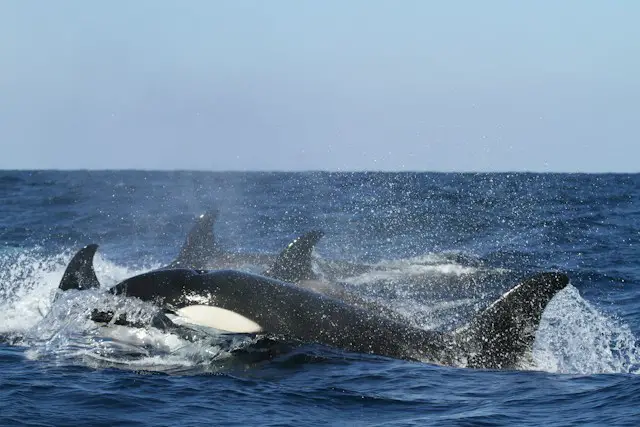
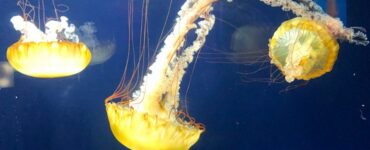
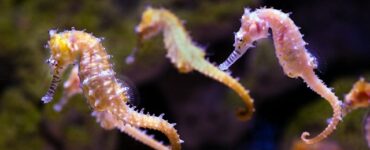

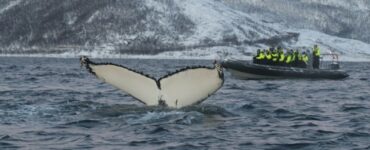
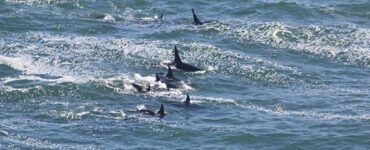










Add comment